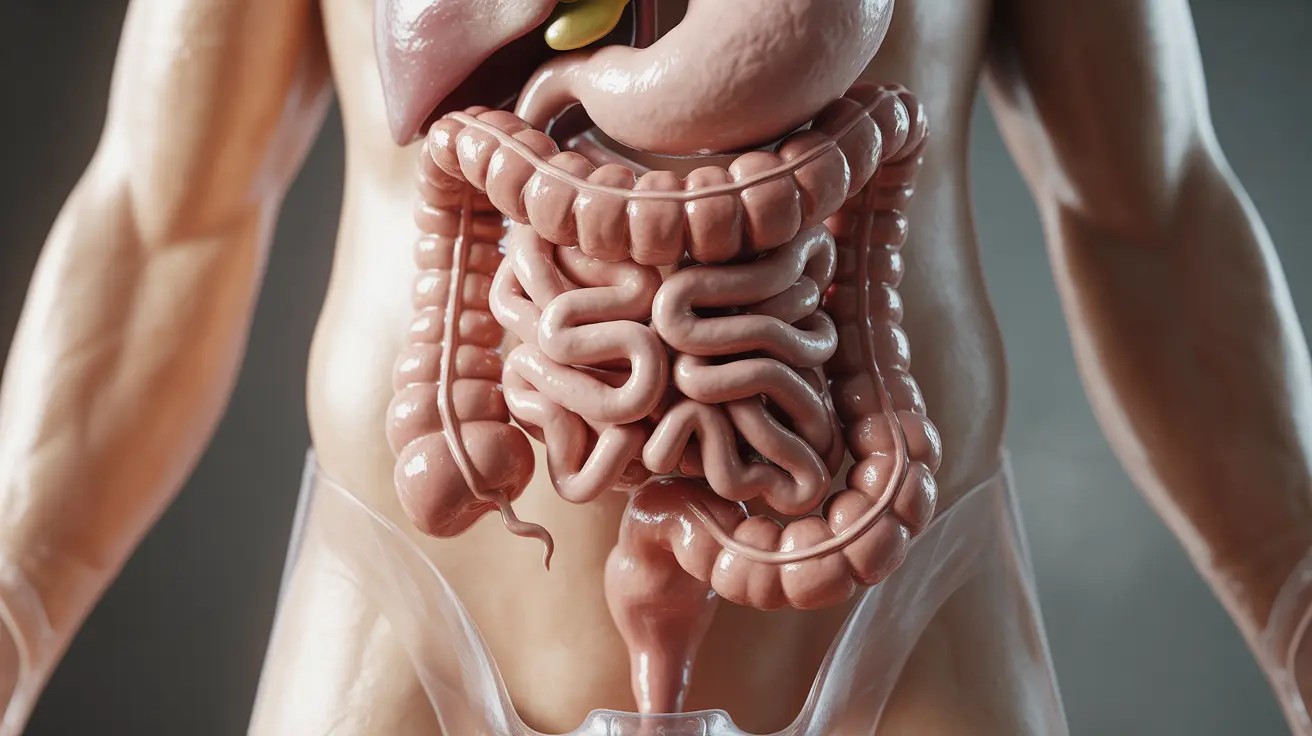Squats are often called the king of exercises, and for good reason. This fundamental movement pattern engages multiple muscle groups simultaneously, making it one of the most effective exercises for building strength and improving functional fitness. Understanding which muscles squats target can help you maximize your workout effectiveness and ensure proper form.
Whether you're new to exercise or a seasoned athlete, knowing how squats work your body can help you achieve better results and prevent injury. Let's explore the primary muscle groups targeted during squats and how to make the most of this powerful exercise.
Primary Muscle Groups Targeted by Squats
Quadriceps
The quadriceps, located at the front of your thighs, are one of the main muscle groups activated during squats. These four muscles work together to extend your knee and help control your descent during the squatting motion. The deeper you squat, the more your quads must work to help you push back up to the starting position.
Glutes
Your gluteal muscles, particularly the gluteus maximus, are heavily engaged during squats. These powerful muscles are responsible for hip extension and play a crucial role in helping you rise from the bottom of the squat. Strong glutes are essential for proper squat form and overall lower body strength.
Hamstrings
Located at the back of your thighs, the hamstrings work in conjunction with your glutes to control hip movement during squats. They help stabilize your knees and assist in the pushing phase of the movement, especially when returning to a standing position.
Supporting Muscle Groups and Stabilizers
Core Muscles
Your core muscles, including the rectus abdominis, obliques, and transverse abdominis, work as stabilizers during squats. They help maintain proper posture and protect your spine throughout the movement. A strong core is essential for maintaining balance and preventing injury during squats.
Calves and Ankles
The gastrocnemius and soleus muscles in your calves provide stability and help control your ankle movement during squats. These muscles are particularly important for maintaining proper foot position and ensuring good balance throughout the exercise.
Lower Back
The muscles in your lower back, particularly the erector spinae, work to maintain proper spine alignment during squats. They help prevent your back from rounding and protect against potential injury.
Benefits of Targeting Multiple Muscle Groups
Squats offer numerous benefits beyond muscle development, including:
- Improved functional strength for daily activities
- Enhanced core stability and balance
- Increased bone density
- Better joint health and mobility
- Improved athletic performance
- Enhanced metabolic function
Proper Form for Maximum Muscle Activation
To ensure optimal muscle engagement during squats:
- Keep your feet shoulder-width apart
- Point toes slightly outward
- Maintain a neutral spine
- Keep your chest up and core engaged
- Push your hips back as if sitting in a chair
- Keep your knees aligned with your toes
- Drive through your heels when standing up
Frequently Asked Questions
What muscles do squats primarily target in the lower body?
Squats primarily target the quadriceps, glutes, and hamstrings in the lower body. These large muscle groups work together to control the descending and ascending phases of the movement.
How do squats engage the core and stabilizer muscles during exercise?
During squats, your core muscles contract isometrically to maintain proper posture and protect your spine. Stabilizer muscles throughout your body work to maintain balance and proper alignment throughout the movement.
What are the benefits of including squats in my regular workout routine?
Regular squat training can improve overall strength, enhance functional fitness, increase bone density, boost metabolic function, and improve athletic performance. Squats also help develop better balance and coordination.
How do different squat variations affect the muscle groups worked?
Different squat variations can emphasize specific muscle groups. For example, front squats place more emphasis on the quadriceps, while sumo squats target the inner thighs and glutes more intensely. The depth of the squat also affects muscle activation patterns.
What is the proper form to maximize muscle activation and prevent injury while doing squats?
Proper squat form includes maintaining a neutral spine, keeping feet shoulder-width apart, pushing the hips back, keeping knees aligned with toes, and engaging the core throughout the movement. This ensures optimal muscle activation while minimizing the risk of injury.




